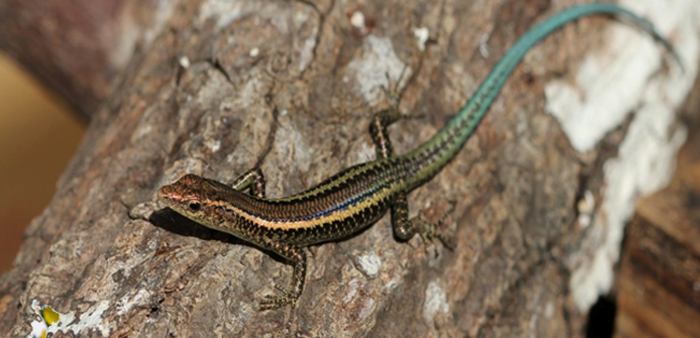Since the 2009 review of our national environmental law, the EPBC Act, one mammal and three lizard species unique to Australia have been rendered extinct by invasive species, another mammal by sea-level rise, and bulldozers have destroyed millions more hectares of woodlands.
Will the current review of the EPBC Act recommend changes to stop this extinction trajectory?
Stopping extinctions should be the priority
The reviewer of the EPBC Act, Professor Graeme Samuel, is blunt about its many failings – ‘Australia is losing biodiversity at an alarming rate’, and the EPBC Act is ‘ineffective’ and ‘not fit to address current or future environmental challenges’, he says in an interim report released on 20 July.
For abating major threats and recovering threatened species and ecological communities, Professor Samuel proposes a new regime involving strategic national plans, bioregional plans and regional recovery plans. However, there is little detail in the interim report about how this new system should operate.
Given the weariness of the community with environmental plans that fail to achieve their purpose – the national biodiversity strategies being exemplars of dud plans – it is important for the review to specify how the proposed plans will lead to more effective suppression of Australia’s major threats to nature. The review team should critically review past failures and successes, and specify an optimal planning and implementation process.
However, at this late stage of the review, due for completion in two months, the Invasive Species Council is concerned there will be too little focus on designing an effective system. Instead, Professor Samuel is focused mainly on developing standards, a measure we support, given extra urgency by the Australian Government’s proposal to devolve powers to state and territory governments for approving major projects, a measure we generally do not support.
We say stopping extinctions should be a far higher priority.

Why we need to focus on threats
The system that abates threats to Australia’s natural environment must be a centrepiece of reform.
Consisting of powers to list Australia’s key threats and prepare threat abatement plans, this system has languished for years, with no new threats to nature listed since 2014, and starved of funding for preparing and implementing threat abatement plans.
We have argued that strengthening this system should be one of the highest reform priorities – much more effective than trying to save threatened species one by one. Developing better ways to reduce feral cat numbers, for example, will do much more for threatened mammals and biodiversity in general than trying to save susceptible species only on islands and in fenced reserves.
In an analogy with human health, the operation of the EPBC Act thus far has been the equivalent of providing suboptimal medical care for individual patients combined with a minimal focus on addressing the causes of disease.
One of the weaknesses of the current system is that the only response to a listed threat is a threat abatement plan, or nothing. The reformed EPBC Act should facilitate effective solutions, including policy changes, rather than limit it to a single mechanism.
Tackling fundamental barriers
To make the proposed reforms in the interim report work will require a great deal more thinking, consultation and negotiation. Although the interim report refers to some of the systemic problems bedevilling national conservation efforts in Australia, the reviewer needs to grapple with fundamental barriers such as the dysfunctional arrangements between different levels of government, funding scarcity and conflicting interests.
A study published late last year by Brendan Wintle and others estimates that current funding by Australian governments is about 15% of the level needed to avoid extinctions and recover threatened species.
Another fundamental barrier has been public apathy. One of the most encouraging aspects of this review has been that about 30,000 submissions were made – more than 100 times the 220 submissions made in response to the first review of the EPBC Act in 2009 – suggesting a growing public concern about the diminishment of nature in Australia.




